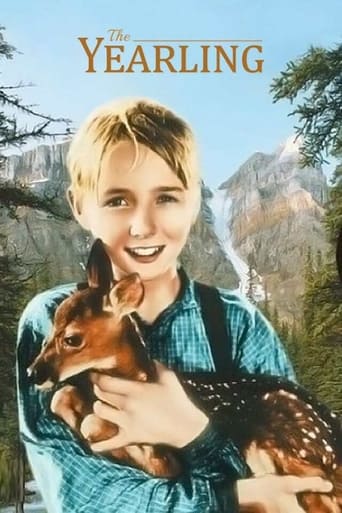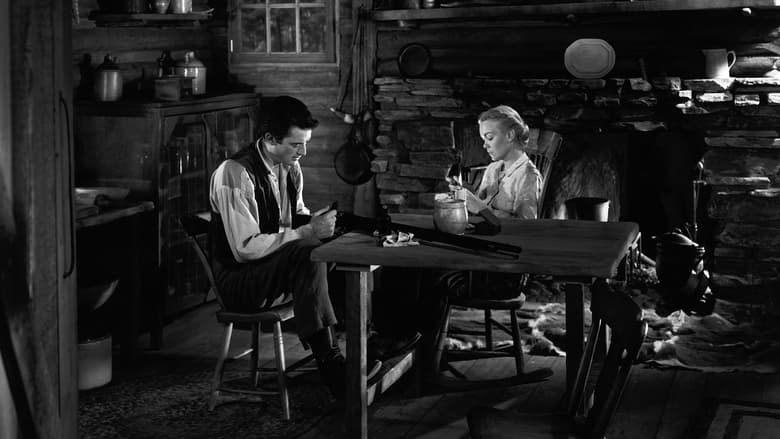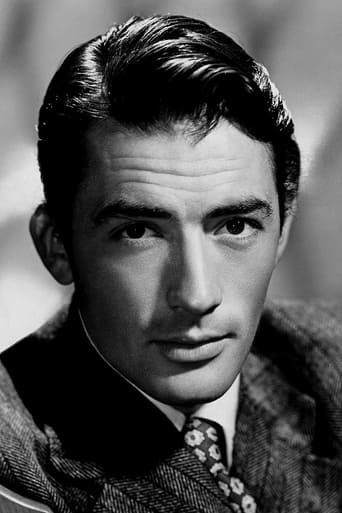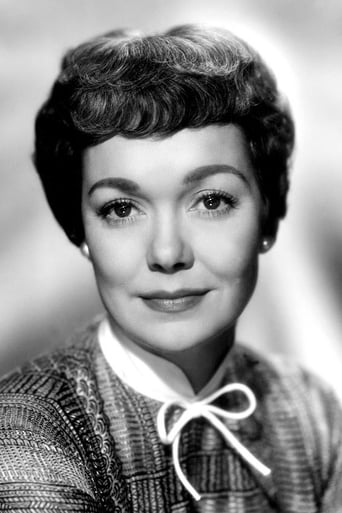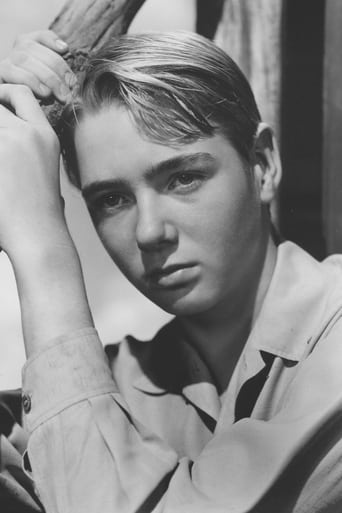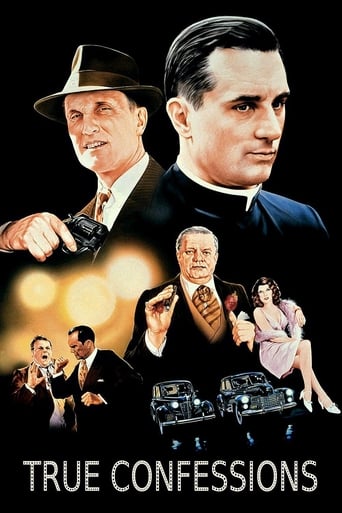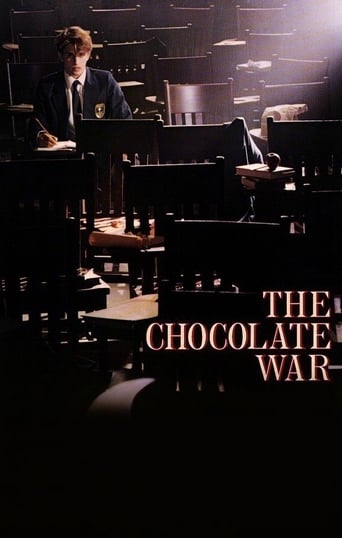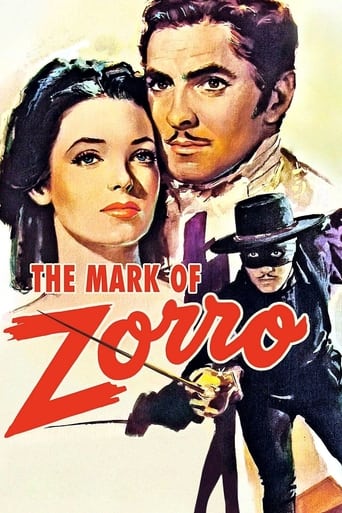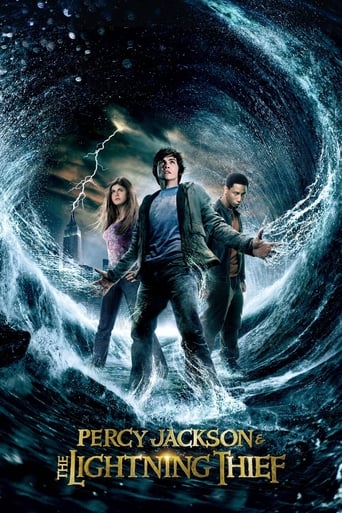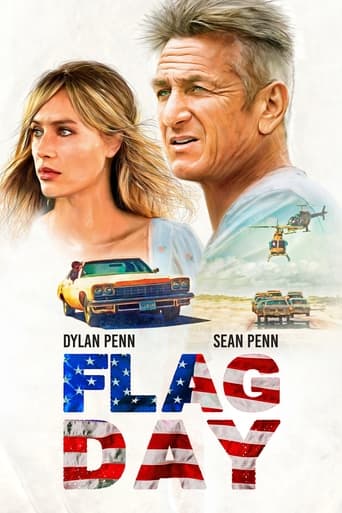The Yearling (1946)
Jody convinces his parents to allow him to adopt a young deer, but what will happen if the deer misbehaves?
Watch Trailer
Free Trial Channels
Cast


Similar titles
Reviews
Although it has its amusing moments, in eneral the plot does not convince.
The plot isn't so bad, but the pace of storytelling is too slow which makes people bored. Certain moments are so obvious and unnecessary for the main plot. I would've fast-forwarded those moments if it was an online streaming. The ending looks like implying a sequel, not sure if this movie will get one
The movie turns out to be a little better than the average. Starting from a romantic formula often seen in the cinema, it ends in the most predictable (and somewhat bland) way.
The story, direction, characters, and writing/dialogue is akin to taking a tranquilizer shot to the neck, but everything else was so well done.
A classic coming of age story, which older children, especially, are likely to enjoy. Young Claude Jarman had the most important role, as Jody, the half-grown only remaining child of Penny and Ora Baxter. He's stuck out in the 1878 Florida wilderness, with only one boy about his age(Fodderwing) within walking distance, and there is(of course) no school bus to take him to a school. Part way through the film, Fodderwing dies, leaving Jody with only his father to pal with. Fortunately , his father is very accommodating. However, his mother is very withdrawn, due to losing 3 very young children, and fearing she will lose Jody before he matures. She is also petrified about the possibility that Penny may be killed by some mishap. With his mother in such a perennial depressed state, Jody often feels deprived of emotional attachments. He would like some 'critter' pets to play with, not just their hunting dogs. Thus, when a motherless fawn presents itself(his father having killed the doe), he pleads to keep it as a pet. Unwisely, his parents give in, with the stipulation that if it gets to be a nuisance, it has to go. Well, after about a year, it has become a serious nuisance, eating the young corn, trampling the tobacco, and knocking down protective fences. Finally, Penny tells Jody he must shoot the yearling(called Flag), or they will starve. Jody goes out to do this, but finds he can't bring himself to follow through. Ora(his mother)takes the family rifle and shoots Flag, but he is only wounded. Penny tells Jody to shoot Flag dead, which he reluctantly does. Jody then runs away, but returns after 3 days, mighty hungry. His mother returns later that day from looking for him, and greets him warmly. End of story.... Jody had to learn the lesson that cherished pets, or other possessions and habits must be abandoned when they threaten our existence. Ora had to learn that Jody needed more emotional involvement from her, especially in their isolated state.Fodderwing, Jody's deceased friend, was a member of the Forrester family, their closest neighbors. The relationship between these families was one of conflicting competition and cooperation. Pa Forrester was played by the charismatic old codger Clem Bevans, who had been a minor supporting actor in "Sergeant York", in another backwoods setting. Margaret Wycherly played Ma Forrester. She had played Alvin's mother in "Sergeant York". Well known character actors Chill Wills and Forrest Tucker played Buck and Lem Forrester: full grown sons, who occasionally got into mischief.I have to ask how realistic is the story of Flag? It appears there were other deer in the woods around their fields. Why didn't they eat their crops? Of course, they had plenty of other plants to eat, and Flag was habituated to being in the vicinity of their crop fields. It's been a long time since I read the book for comparison, but I have seen the 1994 made-for-TV version, which invites some comparisons. The '94 version, on the whole comes across as a more realistic experience. For example, Gregory Peck's Penny seems to be from too genteel a background to be satisfied with such a hard scramble life. His acting is comparatively stiff. Peter Strauss makes a more believable Penny. Jean Smart plays a more vocal, more animated, less traumatized Ora than Jane Wyman. Jane's largely silent characterization was sort of a warm up for her later role of the deaf mute, in "Johnny Belinda". I prefer Claude as Jody, over Wil Horneff. Clearly, Claude seems younger, cuter and had more charisma. I thought the fight with the bear was equally well done. Neither film had much humor. Both were shot in color, on location in Florida. The'46 version ran 128 min. vs. 90 min. for the '94 version. The '46 version was well received at the box office, but didn't make much profit because of high production costs
The Yearling is based on Marjorie Kinnan Rawling's 1938 Pulitzer Prize-winning novel about a boy (Claude Jarman Jr.) and a pet deer in the Florida backwoods in the late 1800s. On- location filming adds realism to the MGM production, though a replica set of the family farm had been built on a studio lot in Culver City, California and much of the action was shot there. While Technicolor gives the film a rosy glow, it does not necessarily add to the drama. In fact, the picture would have been just as effective in black and white, perhaps more so to illustrate the somewhat bleak conditions that the family endures. Gregory Peck and Jane Wyman are cast as the parents and Wyman, in particular, turns in a fairly credible performance as Ma Orry Baxter. However, Peck seems to play his poverty- stricken character of Penny Baxter almost for laughs. Should the boy's father be a lampoon of modest, humble folk; or show what sort of silliness may exist among those who live down- on-the-farm? After all, this is not material by Erskine Caldwell, and one wishes that someone might have reminded the director, and he should have told Mr. Peck.Spencer Tracy was MGM's original choice to play Pa Baxter. It seems very probable that if the original casting had remained intact, the Baxter patriarch would have been conveyed with more subtlety. Imagine how authentic scenes would have been that featured Mr. Tracy in a movie where the lead actor actually believed in the hunger, loneliness and fear of Rawling's story, instead of finding it something to smile about, to laugh about, and ultimately, to shrug off.
In 1870s Florida, pioneering Gregory Peck (as Penny "Pa" Baxter) and Jane Wyman (Orry "Ma" Baxter) raise both corn and children. But, growing children can sometimes be a problem. Their first son dies before reaching age two, the next child doesn't make it to age three, and a third is born dead. The pain hardens Ms. Wyman's defenses, while Mr. Peck takes it easier with surviving fourth child, cute Claude Jarman Jr. (as Jody Baxter). The boy optimistically declares, "I'm eleven years old. I'm a-way past the age of dying!" And, so he is - but, that doesn't mean "The Yearling" is done with tragedy.The boy raises a fawn, after cutting out its mother's heart to draw poison from his snake-bitten father.Of, course, you know where this story is going - but, you've got to admit, it's done exceptionally well.Every frame is staged for the maximum amount of heart-tugging cinematic beauty possible. Guided by expert movie makers Sidney Franklin and Clarence Brown, the film is distractingly gorgeous. But, the unnatural quality of picturesque art is balanced by fact that all the animals act like animals; and, Peck anchors it all with an inspirational performance. The only living creature given truly "magical" qualities is Donn Gift (as Fodder-wing), the boy who learns to fly like an angel. This character seems to embody much of the lyricism present in writer Marjorie Kinnan Rawlings' original tear-stained pages.The story puts everything in perspective. Everyone has to get their "insides tore out" sometimes.********** The Yearling (12/18/46) Clarence Brown ~ Gregory Peck, Claude Jarman Jr., Jane Wyman, Donn Gift
I'm very confused as to how this book won a pulitzer prize, was voted best book of the year (1938) and was then made into a popular film when it is nothing but a very blatant story about animal cruelty. It would have been better titled as, 'How to kill your innocent family pet.' I have never read the book but I did see the movie, and I think any parent who would choose to make their child watch this film has got to be as insensitive as the woman who wrote the book.It is a story about a struggling floridian family who have bad luck thrown their way (the loss of their children from infant deaths, crop failures, and how poor, poor Ms. Baxter doesn't have a thing to wear because her clothes are being worn out from treading to a source of water because she doesn't have a well).Enter the doe, who is killed by Mr. Baxter so that he can use its heart and liver to draw venom from a recent rattlesnake bite.Enter the fawn, who the boy finds, and later decides to adopt (it's only fair, his father killed it's mother), because he wants a pet. Mr. Baxter is all gung ho about this at the idea of seeing his boy prance around with a wild animal.Well, the fawn, when growing up to be a yearling, bonds with the boy, who tries desperately to keep it out of mischief, which he fails to do.It eats away at Mr. Baxter's tobacco cash crop (not because it's evil, but it is a hungry animal). It gets into their corn crop and eats the shoots (again, not because it is a malicious and evil thing, but because that's what deers do when they are hungry).All of a sudden All the family woes are blamed on this animal. The BURDEN of their failures fall on this poor animal who has bonded with the family, loving and trusting them. The parents decide to execute the animal and in the process, make the boy emotionally suffer, INSTEAD of being responsible to the animal and locking it up at night so that it won't get into their crops, then watch over it during the day, making sure it gets fed other things that deers eat.What kind of a moral is this? The Baxters were having problems before the deer showed up, and most likely had them after the poor deer was slaughtered.When the boy ran away, I said, go for it. Get away from that stupid, creepy family.Is this teaching your children to kill the family pet, because a family has misfortune, or what? I was sickened by it. And that so many people thought this was a wonderful story, well, that makes me even sicker. If anything, it teaches the lack of responsibility.If you think you are doing something wonderful for your child by subjecting them to this, that's very sad. I suggest you open your mind and think, before you praise this kind of story.

